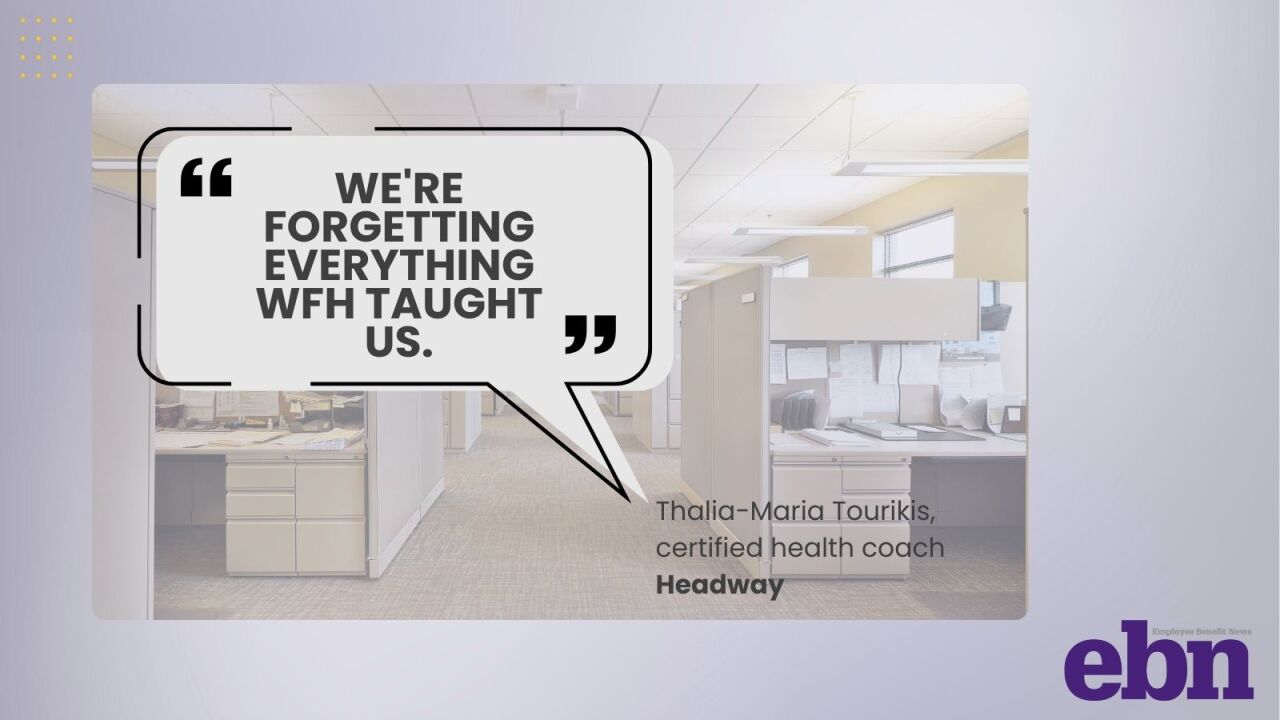- Key Insight: Learn how benefit design and bias audits can narrow the widening gender pay gap.
- What's at Stake: Talent, retention and leadership diversity at risk if pay and flexibility remain unaddressed.
- Supporting Data: 2024 median full-time earnings for men are $71,090 (+3.7%) and women $57,520 (flat).
- Source: Bullets generated by AI with editorial review
The gender wage gap widened for the second year in a row in 2024, continuing a worrying trend for working women. But the chief strategy officer at family-building and well-being solution WIN says there are steps companies can take to create a
Leaders should look for unconscious bias in pay levels and ensure that performance reviews are measuring actual achieved outcomes — not just perceptions, says Shelly MacConnell. Other important areas to examine are policies and benefits — MacConnell says it's important for benefit leaders to think about the female talent they are not attracting and retaining due to their current work structure and offerings.
"Consider the extent to which data points to deficiency in pay and policies in flexibility, particularly return-to-office mandates, leave and benefits," she says.
Why is there a growing gender pay gap?
According to U.S. Census Bureau data released in September, the gender pay gap for men and women is widening. Median income for men working full time was $71,090 in 2024, an increase of 3.7% from the previous year. Meanwhile, women earned $57,520, essentially unchanged compared to 2023.
Read more:
MacConnell points to several factors driving this trend: In the aftermath of the pandemic, some male-dominated fields such as manufacturing and construction recovered quickly, allowing workers to make up ground that was lost. Additionally, median income for men is growing at a faster rate than for women.
"Also, the reduction in flexibility and access to [caregiving] resources post-pandemic have fallen," she says. "If women continue to be the default parent, the
Some groups are being impacted more than others by the growing pay gap, MacConnell said, pointing to women of color, those over 40 and women in leadership positions.
How better benefits can help
In addition to examining pay, companies can create a better environment for working women by setting up benefits that make it easier to afford and access care for themselves and their families. These can include offerings in areas like
Read more:
For example, giving workers access to a specialist who can provide hormonal health services is critical for both women and men as they age, MacConnell says. Without the right benefit, finding trained professionals to provide services for people going through menopause and andropause can be difficult, especially in rural areas.
"We know now that [hormones] can affect almost every system in a person's body, and so rather than going to 10 different specialists, often the underlying cause can be addressed with one specialist, which helps employers as well," MacConnell says.
WIN's suite of offerings includes hormonal health, family-building, caregiving, child development and more. Along with putting these areas within reach for employees financially,
Read more:
Leaders who take a proactive approach to supporting their female workforce will not only see improved recruitment and retention, but a more healthy, financially stable population as well, MacConnell says.
"I would ask everyone to look for opportunities to help, whether you can impact policy and practice … or whether you could advocate," she says. "Everyone can make a difference in this."






